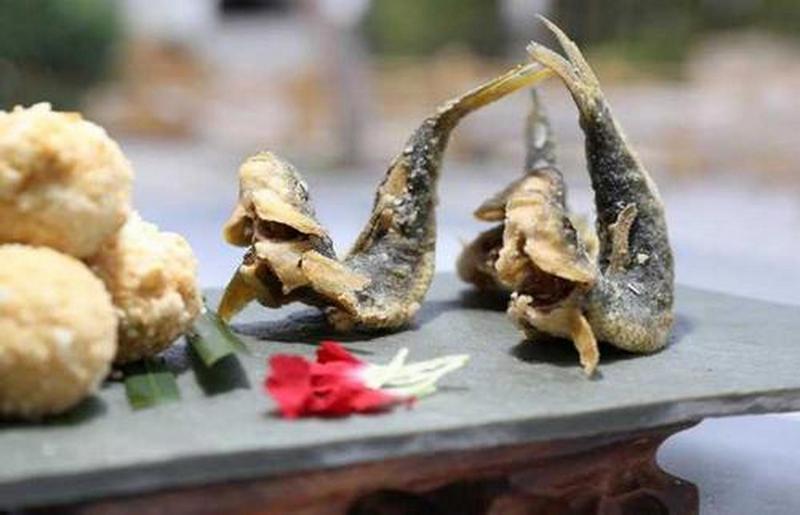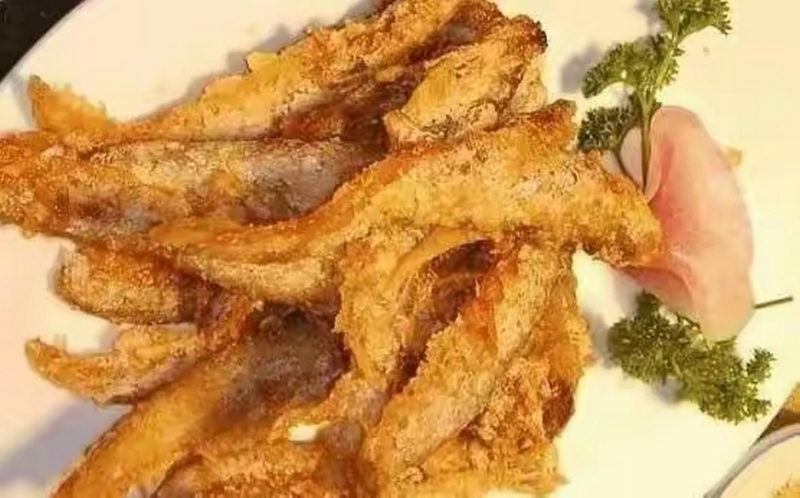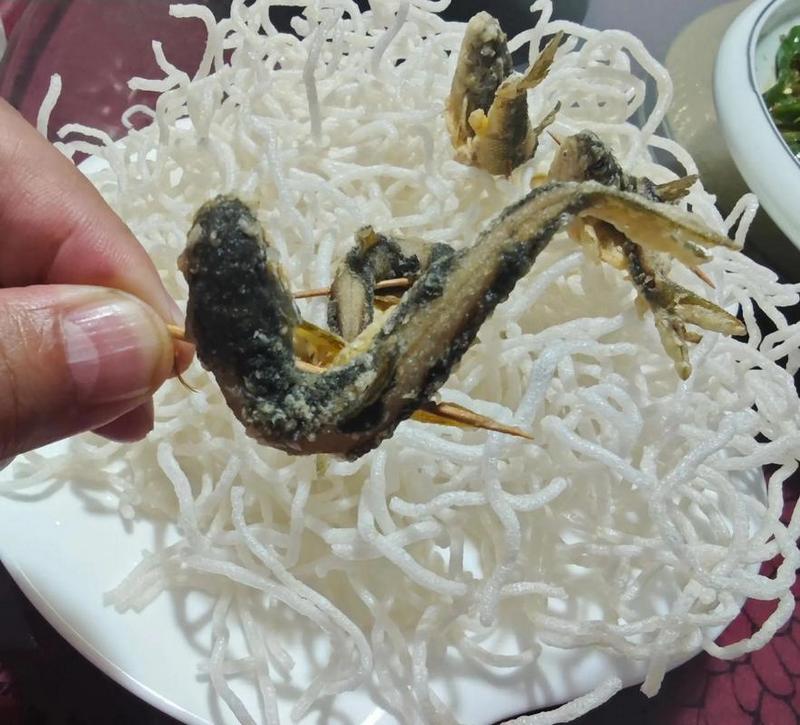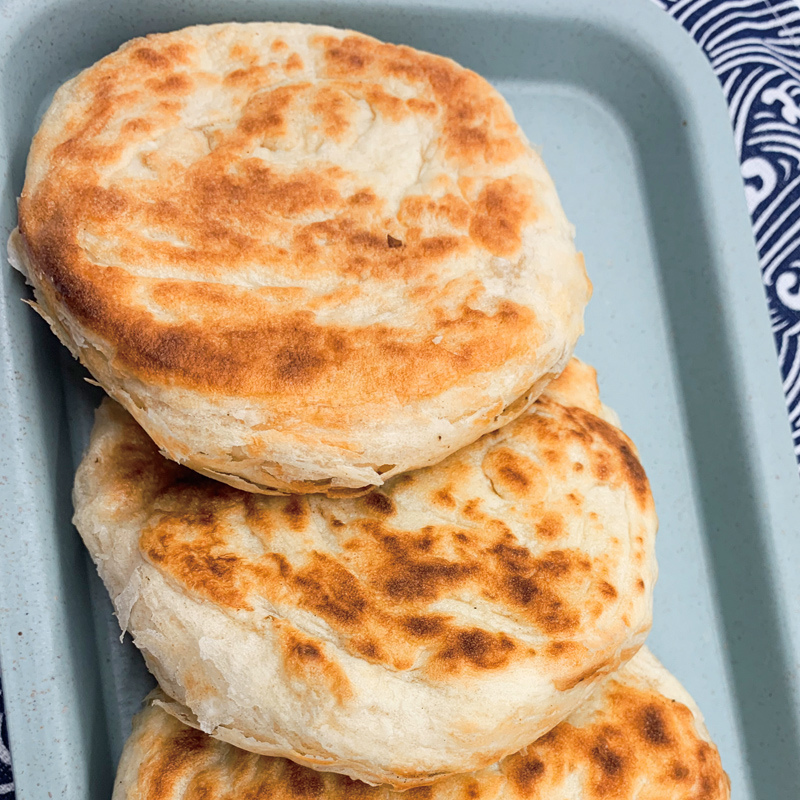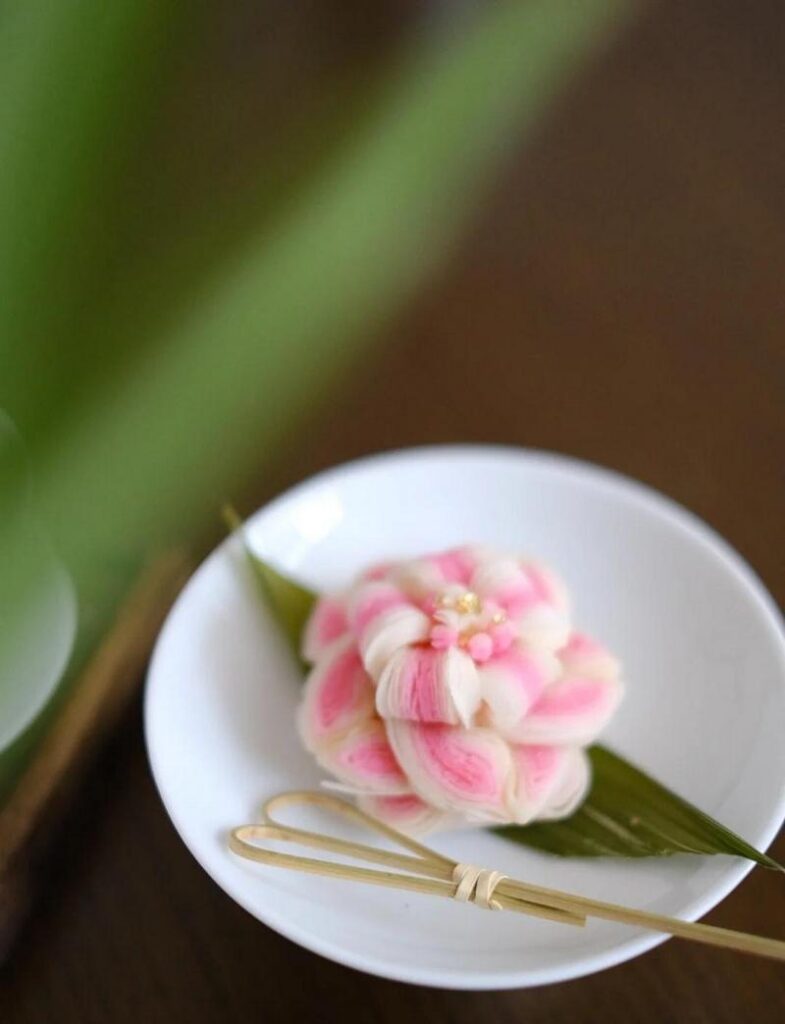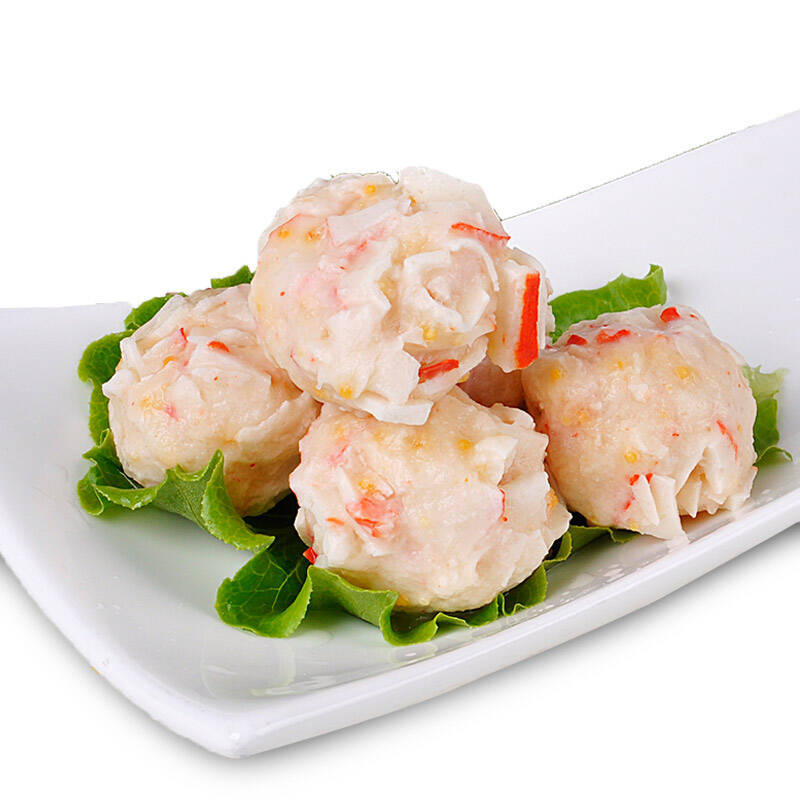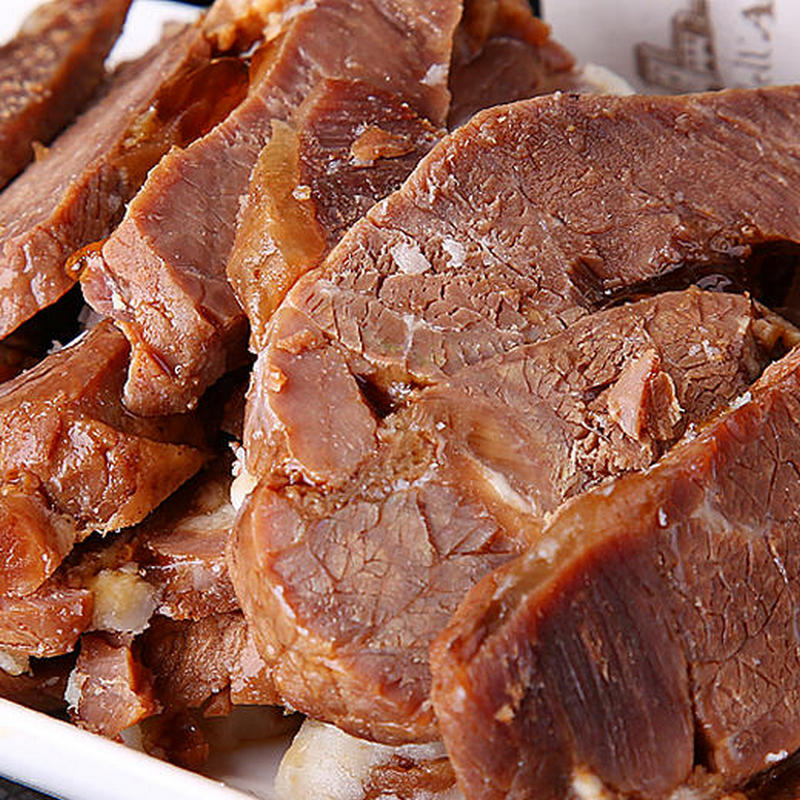English Introduction to Tai’an Dry-Fried Red-Scaled Fish (Tai’an Honglin Yu)
1. Overview & Historical Background
Dry-Fried Red-Scaled Fish (泰安赤鳞鱼, Tai’an Honglin Yu) is a time-honored signature dish of Tai’an, Shandong Province, China—renowned as the “Gateway to Mount Tai,” a UNESCO World Heritage Site and sacred mountain in Chinese culture. This dish traces its origins to the Ming Dynasty (1368–1644) but gained imperial fame during the Qing Dynasty (1644–1912). Legend has it that Emperor Qianlong, during his southern inspection tours, was so captivated by the fish’s tender flesh and crisp texture after being deep-fried that he declared it a “must-have delicacy of Mount Tai.” Over centuries, it has evolved into a cultural symbol of Tai’an, often served at banquets to honor guests or celebrate festivals.
2. The Star Ingredient: Red-Scaled Fish
The star of the dish is the red-scaled fish (赤鳞鱼), locally known as Honglin Yu. This rare freshwater fish is native to the cold, oxygen-rich springs of Mount Tai, particularly the Bao Tu Spring (Spring of Precious Water), a legendary spring with water so pure it was once used to brew tea for emperors. Due to its limited habitat and slow growth, wild red-scaled fish are now protected, and most used in restaurants are farmed in controlled environments using spring water to preserve their authentic flavor. The fish typically measures 15–25 cm in length, with scales ranging from silvery-pink to deep red—giving it its name.
3. Traditional Cooking Method
Dry-Fried Red-Scaled Fish is celebrated for its “crispy exterior, tender interior” texture, achieved through meticulous preparation:
- Prep: Fresh red-scaled fish are scaled (retaining some scales for visual appeal), gutted, and rinsed. They are then marinated for 20–30 minutes with a blend of fine sea salt, Shaoxing rice wine, minced ginger, and scallions to remove fishy odors and enhance flavor.
- Coating: The fish are drained, then coated in a thin layer of potato starch or all-purpose flour (mixed with a pinch of baking powder for extra crispiness). Some recipes add a dash of white pepper for warmth.
- Frying: Heat neutral oil (e.g., rapeseed or peanut oil) to 180–190°C (356–374°F). Fry the fish in small batches to avoid overcrowding, turning once, until golden-brown and crispy (about 3–4 minutes per side). Remove and drain on paper towels to remove excess oil.
- Serving: Traditionally garnished with a sprinkle of chopped scallions, cilantro, or dried chili flakes for color and aroma. It is often paired with a side of Tai’an pickled vegetables (泰山泡菜) to balance the richness.
4. Flavors & Unique Features
- Texture: The crispy outer layer shatters with each bite, giving way to tender, flaky flesh infused with the marinade’s savory notes.
- Flavor Profile: Lightly salty, subtly sweet (from the fish’s natural sweetness), and aromatic from the ginger and scallions—never greasy, thanks to precise frying.
- Cultural Significance: More than just food, it embodies Tai’an’s identity as a “city of springs” and its deep connection to Mount Tai. Locals often say, “No trip to Tai’an is complete without tasting dry-fried red-scaled fish.”
5. Price Range
In Tai’an’s local restaurants, especially those along Mount Tai’s scenic area or historic streets (e.g., Qianfo Street), dry-fried red-scaled fish is priced between ¥80–¥150 (≈11–11–21 USD) per serving, depending on size (small: 300g; medium: 500g; large: 700g). High-end hotels or cultural heritage restaurants may charge up to ¥200 for a premium portion. Wild-caught (rare) versions can cost double, but sustainability concerns strongly recommend choosing farmed fish.
